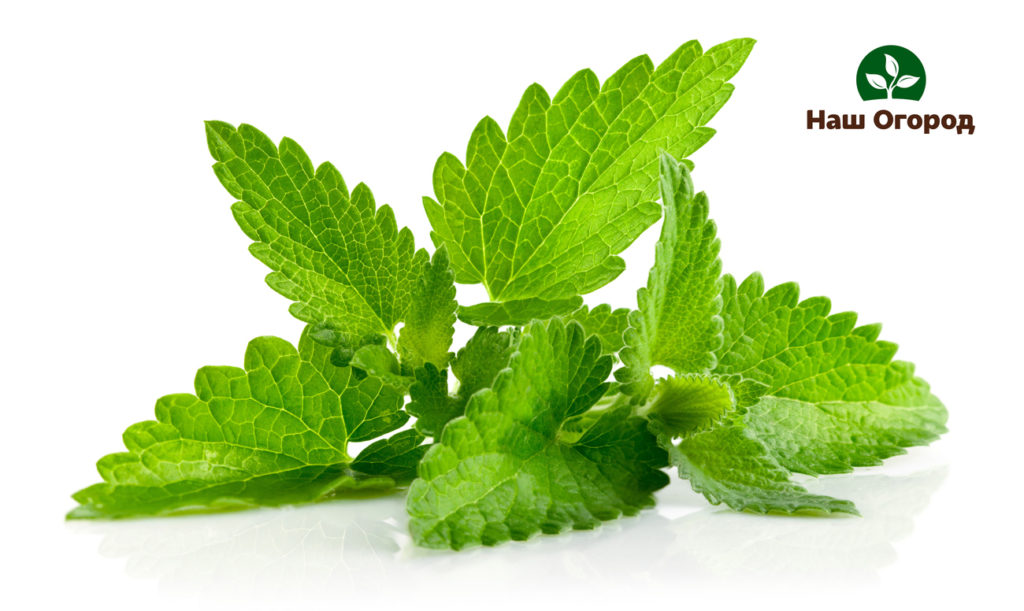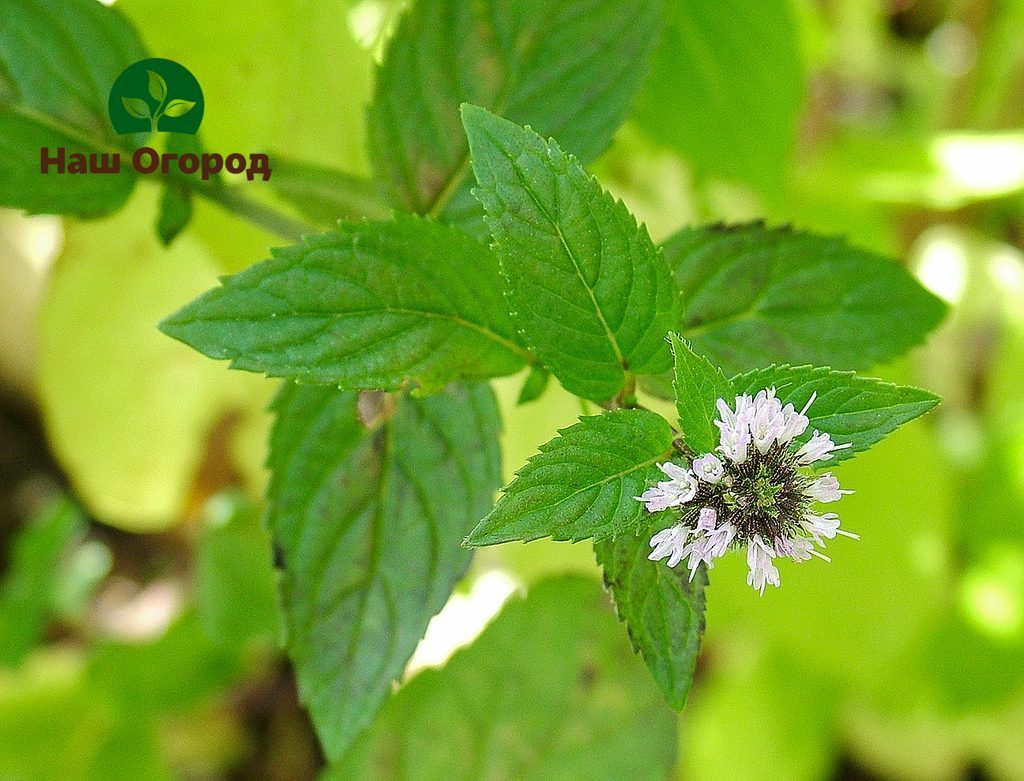Peppermint
Content:

Briefly about peppermint
Peppermint is a perennial plant. This plant grows horizontally and has thin roots. The stem grows erect, having branches on itself, tetrahedral in shape, reaching a height of up to a meter.
The mint leaves are ovoid, slightly elongated, the edges of the leaves are in the form of a saw, on both sides of the leaf there is a coating with an essential oil gland.
Mint blooms from small flowers, purple in color, and its corolla is pink or light purple. The mint fruit has 4 peanuts. The mint bloom period is from June to September.
This plant cannot be found in the wild. Peppermint was bred in England by crossing 2 wild species, these are water mint and spikelet.
This plant has 2 forms: black and white..
Black mint is usually dark in color, the stem and leaves are red-purple in color. White mint does not have an anthocyanin color, and its stem and leaves are slightly green in color.
White mint begins to bloom earlier, it emits an aroma of essential oil much more delicately, but on the other hand, its oil comes out less and there are much fewer leaves. Most are breeding black mint.
Mint is used in the form of a medicinal and essential oil plant.
How to harvest peppermint
Leaves are harvested from mid-summer to the end, usually when the buds form and before it begins to bloom. There are cases that the leaves are harvested at the root, usually they just mow it and collect all the grass in heaps in order to wither later.
Then they begin to scatter it so that it dries out normally, then the dry grass is sorted out in order to select whole leaves from it, and the remaining leaves and grass go to threshing, the largest plant stems are already removed there and used for processing into essential oil.

Mint is used in the form of a medicinal and essential oil plant.
Peppermint: how to plant?
During crop rotations, this plant must be placed in a wedge, which was plowed after winter crops or legumes under which there were already fertilizers.
Peppermint is planted in a lowland where groundwater is close. It is necessary to plant it early and in damp ground. Sowing is usually done with seedlings, which are harvested in the fall. So that weeds do not grow in this place where mint will grow, then there it is necessary to carry out pre-emergence harrowing across the rows.
If there are places where seedlings have sprouted densely, then there it is necessary to repeat the procedure again. The soil on which mint grows must be loosened up to four times per season. Mint is harvested when it begins to bloom en masse, mainly in dry weather, and it is necessary to complete the collection in a short time so that the lower leaves of the mint do not have time to turn yellow and fall off.
Peppermint: how to apply?
This glorious herb is very popular for the treatment of a wide variety of diseases. For example, a tincture of mint leaves can be used for nausea and vomiting, and it also has a good effect on digestion.
Mint water is used to make potions that improve the taste and is also used as a mouthwash. Toothpastes and gargles also contain mint, which acts as a refreshing and antiseptic. Many people use peppermint oil for inhalation.
Menthol acts as an antiseptic, antispasmodic and analgesic agent, causing enlargement of the coronary vessels. Menthol is prescribed to patients with angina pectoris, usually under the tongue, but if a person suffers from pain in the intestines and stomach, then he is prescribed to drink it inside.
Many medicines contain menthol.Mint is included in a delicious oxygen drink that works well for diseases associated with biliary tract and liver.
As an ointment, it is used for migraine, toothache, bronchitis, runny nose and other diseases.
Both fresh and dry mint leaves are used by some as a seasoning for salads, sauces and various dishes. Peppermint oil is used in industries such as confectionery and distillery. Menthol is also added to perfumery products.
Other varieties of mint
There is also a mint variety curly. It is added for spice and unlike peppermint, curly mint has no bitterness in it. For the aroma of salads and other dishes, both dried and fresh curly mint vegetation are added.
The use of dried mint in various delicacies is becoming popular; it is added, for example, when cooking compotes, fruit drinks, juices and preserves. It will give a delicate aroma and a very pleasant taste to the products.
In the Baltic States and Belarus, another variety of mint is used - this is spicy mint. Her dried buds and mint flowers for the aroma of sausages, salads that contain meat and soups. When processed in cooking, it also does not give bitterness.
There is also another type of mint variety - this apple. She has a very delicate aroma and taste, she has no bitterness at all after processing in cooking. Such mint is used as a spice for confectionery, jelly, compotes and jam.

